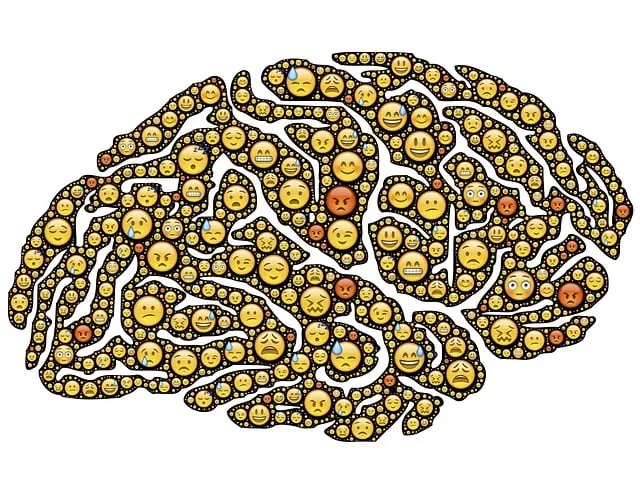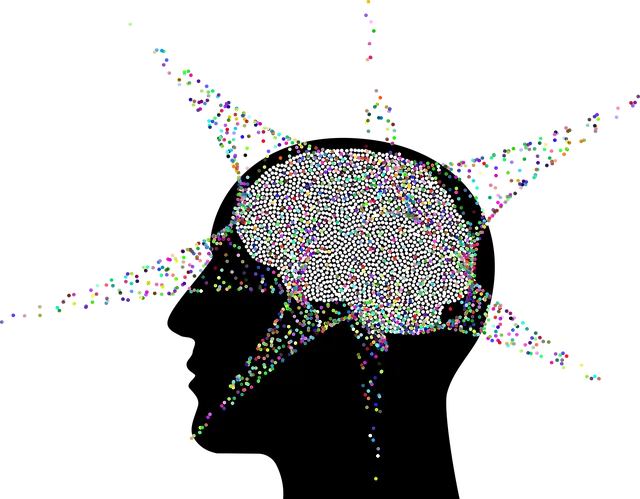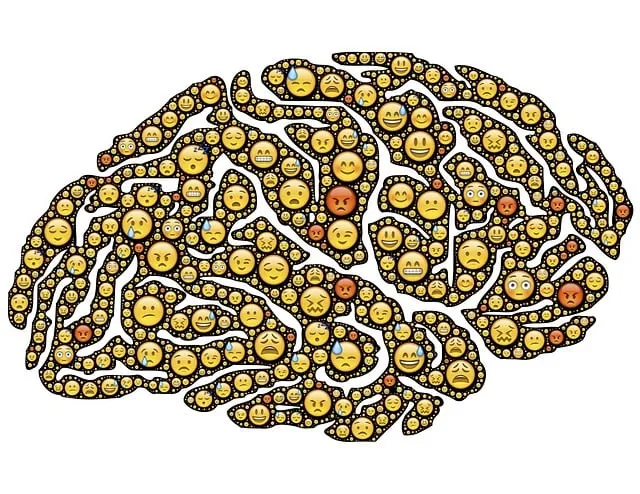Kaiser Permanente's mental health facility in Highlands Ranch leverages advanced analytics to personalize patient care. By collecting and analyzing patient data, including demographics, diagnoses, treatments, and outcomes, the facility identifies trends and gains actionable insights. This evidence-based approach integrates exercises like self-awareness and compassion cultivation, along with developing personalized self-care routines. The holistic strategy enhances service delivery, improves patient outcomes, and promotes community well-being, utilizing tools such as machine learning and natural language processing to optimize mental health care at the Kaiser Permanente Highlands Ranch facility.
Unveiling the power of data is crucial in enhancing mental health care, especially at facilities like Kaiser Permanente Highlands Ranch. This article delves into the intricate process of analyzing and interpreting mental health data, a key strategy for improving patient outcomes. We explore how understanding patient trends at Kaiser Permanente Highlands Ranch can optimize resource allocation and inform strategic decisions. Through examining various tools and strategies, this guide highlights best practices for evaluating mental health facility performance, ultimately fostering better care.
- Understanding Mental Health Data at Kaiser Permanente Highlands Ranch
- The Process of Data Analysis for Effective Interpretation
- Strategies and Tools for Interpreting Mental Health Facility Performance
Understanding Mental Health Data at Kaiser Permanente Highlands Ranch

At Kaiser Permanente Highlands Ranch, a deep understanding of mental health data is pivotal in providing comprehensive care to its diverse community. This mental health facility leverages advanced analytics to interpret trends and patterns within their patient population, allowing for more personalized and effective treatment strategies. By delving into the insights hidden within the data, healthcare professionals can identify common challenges and develop tailored interventions.
The integration of self-awareness exercises, compassion cultivation practices, and self-care routine development for better mental health is a key aspect of this approach. These evidence-based methodologies are not only enhancing patient outcomes but also fostering a more supportive and nurturing environment. Through data analysis, the facility ensures that its services align with the evolving needs of its members, ultimately contributing to improved overall well-being in the community.
The Process of Data Analysis for Effective Interpretation

The process of data analysis for effective interpretation at Kaiser Permanente mental health facility in Highlands Ranch begins with meticulous data collection, ensuring comprehensive coverage of patient demographics, diagnostic information, treatment plans, and outcomes. This involves integrating electronic health records, survey responses, and qualitative feedback from patients and healthcare providers. Once gathered, the data is cleaned to handle missing values, inconsistencies, and errors, guaranteeing the accuracy and reliability of analysis.
Subsequent steps include exploratory data analysis (EDA) for initial insights, visualization techniques for uncovering patterns, and statistical modeling for deeper understanding. This holistic approach leverages tools like Community Outreach Program Implementation tracking metrics, Self-Awareness Exercises participation rates, and Self-Esteem Improvement scores to gain actionable intelligence. Ultimately, the interpreted data guides evidence-based decision-making, enabling the mental health facility to enhance service delivery, patient outcomes, and overall community well-being.
Strategies and Tools for Interpreting Mental Health Facility Performance

Interpretation of mental health facility performance is a complex yet essential task for organizations like Kaiser Permanente’s Highlands Ranch location. Effective strategies and tools are crucial to understanding and improving emotional well-being promotion techniques, burnout prevention efforts, and mood management programs within these facilities. One powerful approach involves utilizing data analytics to identify trends and patterns in patient outcomes over time. By analyzing key metrics such as treatment adherence rates, relapse frequencies, and patient satisfaction scores, mental health professionals can pinpoint areas for improvement and tailor interventions accordingly.
Additionally, leveraging advanced tools like machine learning algorithms and natural language processing can enhance data interpretation. These technologies enable the identification of subtle correlations between various factors—patient demographics, treatment modalities, and social determinants of health—and their impact on mental health outcomes. This in-depth understanding allows for more personalized care plans and better resource allocation, ultimately fostering a more effective and efficient mental health facility.
Mental health data analysis is a powerful tool for improving patient care at Kaiser Permanente mental health facilities, such as the one in Highlands Ranch. By understanding and interpreting this data effectively, healthcare providers can identify trends, assess performance, and make informed decisions to enhance treatment outcomes. The strategies and tools outlined in this article provide a comprehensive framework for navigating and deciphering complex mental health data, ultimately fostering better patient management and overall facility performance at Kaiser Permanente Highlands Ranch and beyond.






